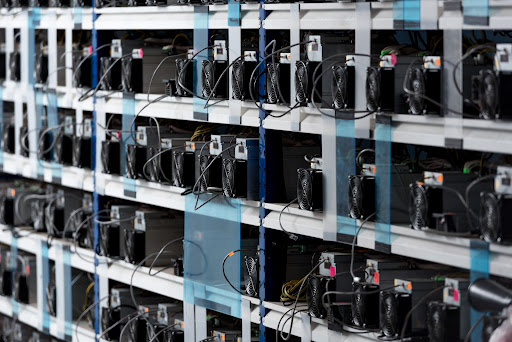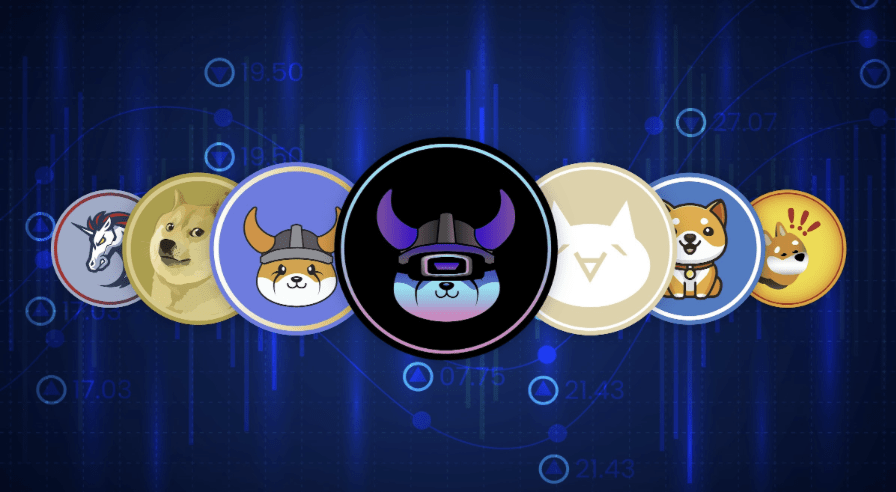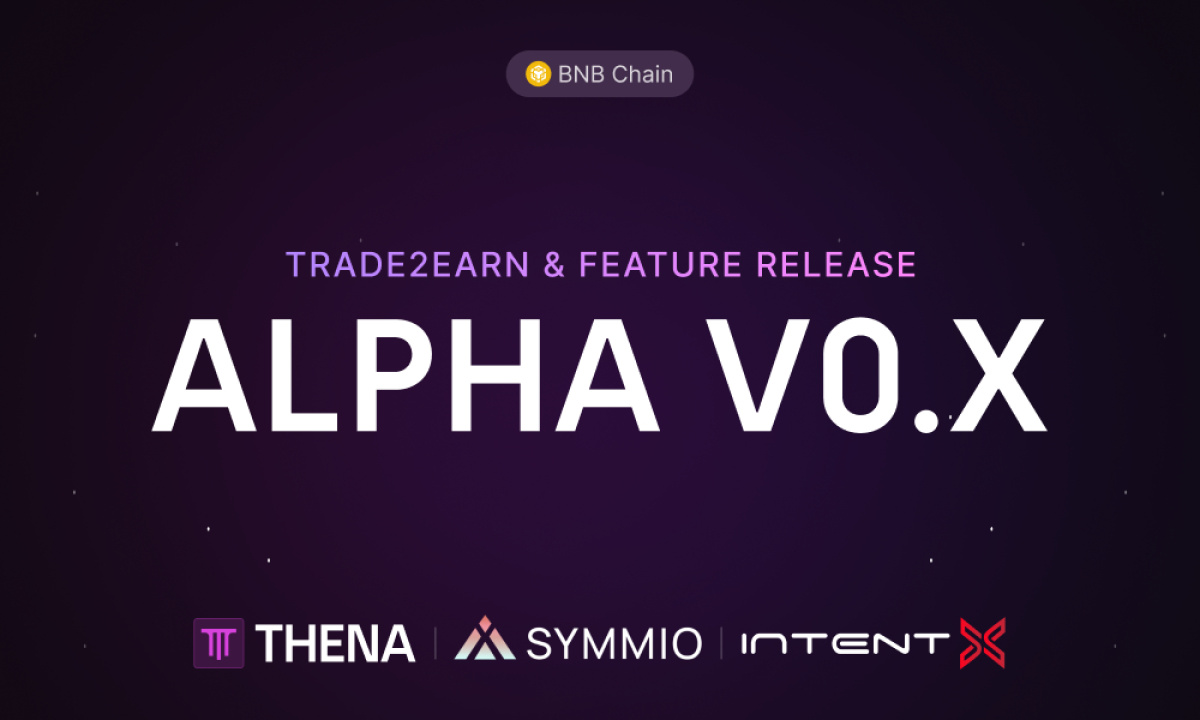Table of Contents
- An Insight into the Process
- The Fundamentals of Bitcoin Mining
- The Different Facets of Bitcoin Mining
- Environmental Considerations
- The Profitability Equation
- A Peek into the Future
Bitcoin mining is an intriguing and complex subject, one that is central to the operations of the burgeoning BTC network. It plays a pivotal role in the generation of new coins as well as it when it comes to the validation of individual transactions. This article provides a detailed overview of the process, the principles on which it operates, different mining methods, its environmental implications, and future prospects.
An Insight into the Process
Bitcoin mining, as detailed in Satoshi Nakamoto's seminal whitepaper, performs two critical roles within the Bitcoin network. Firstly, as mentioned above, it contributes to the creation of new BTC, and secondly, it enables the verification and addition of transactions to the blockchain, i.e. a decentralized digital ledger that records all transactions taking place within the Bitcoin network.
Miners use powerful computing systems to solve complex mathematical problems in a competitive bid to produce a valid block containing a group of confirmed transactions. Once a miner successfully solves a problem, they add the new block to the blockchain and, as a reward, receive newly minted BTC and a portion of the transaction fees. The Bitcoin mining process effectively protects the network from potential fraud or malicious activities by making alterations to transaction history or Bitcoin forgery nearly impossible.
The Fundamentals of Bitcoin Mining
Bitcoin mining operates on the basis of the Proof of Work (PoW) consensus algorithm. Here, miners, with the help of powerful computing systems, carry out intricate calculations to produce a hash. The goal is to generate a hash that meets or falls below a specific target set by the network.
Over the years, the hardware used for Bitcoin mining has evolved significantly. Initially, miners used standard consumer-grade computers, but today, they leverage Application-Specific Integrated Circuits (ASICs). These specialized devices provide far superior performance and efficiency compared to their predecessors.
Another crucial aspect of Bitcoin mining is the "halving" process. Approximately every four years, the reward for mining a new block is reduced by 50%, which inherently decreases the inflation rate of Bitcoin. This process contributes to Bitcoin's scarcity and, subsequently, its value.
The Different Facets of Bitcoin Mining
As Bitcoin mining continues to evolve, different mining methods have emerged. As pointed out by MaskEX Academy, a one-stop platform for all things crypto devised by cryptocurrency exchange MaskEX, these methods cater to the various needs and preferences of miners — such as solo mining, mining pools, and mining farms.
To elaborate, solo mining offers miners the advantage of retaining the entire mining reward and transaction fees, but it often requires high computational power. Conversely, mining pools represent a group of miners who come together and bring their resources together. They then share the rewards proportionally based on the computational power contributed by each. Lastly, mining farms are large-scale operations that involve massive capital investment and continuous maintenance.
Environmental Considerations
Bitcoin mining's high energy consumption has garnered much debate regarding its environmental sustainability. The massive computational power required for the PoW mechanism often results in high energy usage, contributing to increased carbon emissions. However, sustainable solutions are being explored to mitigate these impacts.
For instance, some mining operations are leveraging renewable energy sources, while others use carbon credits to offset emissions. Some innovative approaches even repurpose the waste heat generated by the mining process.
The Profitability Equation
The profitability of Bitcoin mining is dependent on a variety of factors. These include the efficiency of mining hardware, the cost of electricity, and the current Bitcoin market value. As an article by MaskEX Academy notes, the efficiency of mining hardware is a critical factor, as older, less efficient hardware may not justify its operational costs. Furthermore, electricity prices, being a primary operational expense, can significantly impact profitability as well.
Moreover, the hash rate, a measure of a miner's computational power, directly affects the probability of successfully mining a block and receiving the associated rewards. Therefore, balancing these aspects is crucial for the long-term viability of a mining operation.
A Peek into the Future
The future of Bitcoin mining is set to face several challenges. With the Bitcoin network's difficulty level increasing and block rewards decreasing due to halving, profit margins are expected to shrink. As competition intensifies, the industry could see a trend toward centralization, where only well-funded entities can maintain competitiveness. This potential shift could threaten the security and decentralization that Bitcoin upholds, possibly pushing Bitcoin proponents to explore alternative consensus mechanisms.
Despite the challenges, the BTC mining still holds immense potential. As MaskEX Academy points out, the industry's evolution is "a testament to the relentless pursuit of progress and the unwavering belief in the power of decentralization." With continued innovation and growth, Bitcoin mining stands as a beacon of resilience and adaptability in the ever-evolving blockchain landscape.
Investment Disclaimer














